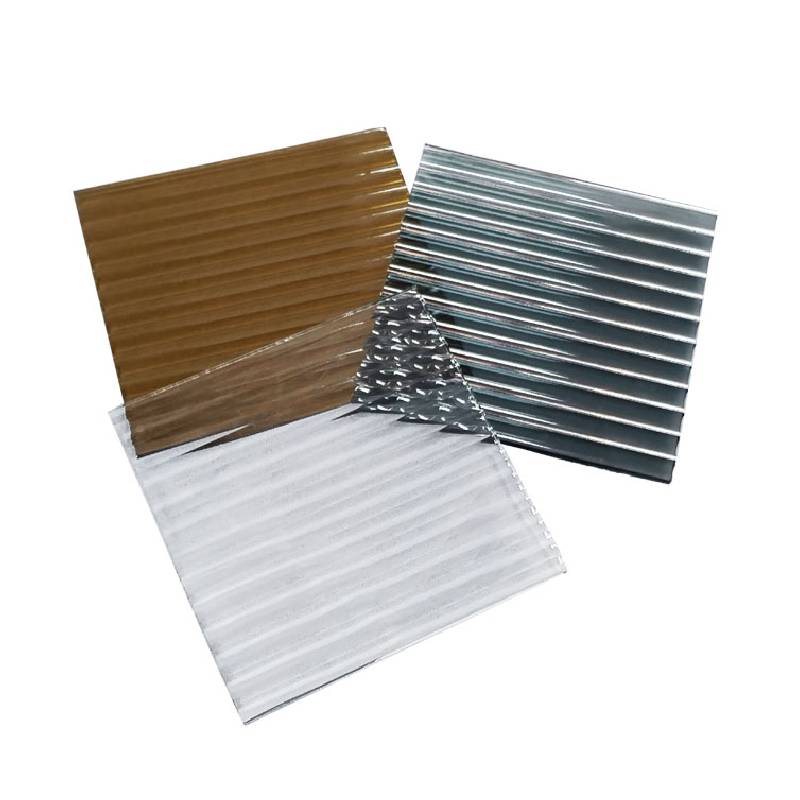Architectural Glass Design A Fusion of Aesthetics and Functionality
Architectural glass design plays a pivotal role in modern architecture, serving not only as a structural element but also as a medium for aesthetic expression. With its versatility, glass has evolved from mere window panes to a fundamental component of contemporary architectural practice, enabling designers to create spaces that are both functional and visually captivating.
One of the primary advantages of using glass in architecture is its ability to enhance natural light within a space. Large glass facades or walls allow sunlight to flood interiors, reducing the need for artificial lighting during the day and creating an inviting atmosphere. This connection between indoor and outdoor environments promotes a sense of openness and can significantly improve the overall well-being of occupants. For instance, many offices today incorporate glass walls and open layouts to foster collaboration and creativity among employees, benefiting from the ambiance created by natural light.
In addition to functionality, architectural glass design provides unique opportunities for creative expression. Textured, colored, or patterned glass can transform a simple structure into a visually striking masterpiece. Artists and designers often collaborate to create custom glass installations that can act as focal points or narrative elements within a building. From the intricate stained glass windows of cathedrals to the sleek, minimalist designs of modern skyscrapers, glass can tell a story and convey a message about the designer's vision and the building's purpose.
architectural glass design
Moreover, advancements in technology have led to the development of energy-efficient glass options that not only enhance the aesthetic appeal but also contribute to sustainability. Low-E (low emissivity) coatings, for example, minimize heat transfer, helping to regulate indoor temperatures and reduce energy consumption. Smart glass technologies, which can change transparency in response to environmental conditions, are also gaining traction, allowing for greater control over light and privacy while optimizing energy usage.
Safety and durability are also integral considerations in architectural glass design. Innovations such as tempered and laminated glass have improved the material's strength, making it suitable for various structural applications while ensuring safety in case of breakage. These advancements allow architects to push the boundaries of design without compromising on structural integrity or occupant safety.
In conclusion, architectural glass design represents a dynamic fusion of artistry and engineering. By leveraging the unique properties of glass, architects can create spaces that enhance natural light, inspire creativity, and promote sustainability. As technology continues to evolve, the possibilities for architectural glass design will expand even further, inviting new narratives and experiences in the built environment.
 Afrikaans
Afrikaans  Albanian
Albanian  Amharic
Amharic  Arabic
Arabic  Armenian
Armenian  Azerbaijani
Azerbaijani  Basque
Basque  Belarusian
Belarusian  Bengali
Bengali  Bosnian
Bosnian  Bulgarian
Bulgarian  Catalan
Catalan  Cebuano
Cebuano  Corsican
Corsican  Croatian
Croatian  Czech
Czech  Danish
Danish  Dutch
Dutch  English
English  Esperanto
Esperanto  Estonian
Estonian  Finnish
Finnish  French
French  Frisian
Frisian  Galician
Galician  Georgian
Georgian  German
German  Greek
Greek  Gujarati
Gujarati  Haitian Creole
Haitian Creole  hausa
hausa  hawaiian
hawaiian  Hebrew
Hebrew  Hindi
Hindi  Miao
Miao  Hungarian
Hungarian  Icelandic
Icelandic  igbo
igbo  Indonesian
Indonesian  irish
irish  Italian
Italian  Japanese
Japanese  Javanese
Javanese  Kannada
Kannada  kazakh
kazakh  Khmer
Khmer  Rwandese
Rwandese  Korean
Korean  Kurdish
Kurdish  Kyrgyz
Kyrgyz  Lao
Lao  Latin
Latin  Latvian
Latvian  Lithuanian
Lithuanian  Luxembourgish
Luxembourgish  Macedonian
Macedonian  Malgashi
Malgashi  Malay
Malay  Malayalam
Malayalam  Maltese
Maltese  Maori
Maori  Marathi
Marathi  Mongolian
Mongolian  Myanmar
Myanmar  Nepali
Nepali  Norwegian
Norwegian  Norwegian
Norwegian  Occitan
Occitan  Pashto
Pashto  Persian
Persian  Polish
Polish  Portuguese
Portuguese  Punjabi
Punjabi  Romanian
Romanian  Russian
Russian  Samoan
Samoan  Scottish Gaelic
Scottish Gaelic  Serbian
Serbian  Sesotho
Sesotho  Shona
Shona  Sindhi
Sindhi  Sinhala
Sinhala  Slovak
Slovak  Slovenian
Slovenian  Somali
Somali  Spanish
Spanish  Sundanese
Sundanese  Swahili
Swahili  Swedish
Swedish  Tagalog
Tagalog  Tajik
Tajik  Tamil
Tamil  Tatar
Tatar  Telugu
Telugu  Thai
Thai  Turkish
Turkish  Turkmen
Turkmen  Ukrainian
Ukrainian  Urdu
Urdu  Uighur
Uighur  Uzbek
Uzbek  Vietnamese
Vietnamese  Welsh
Welsh  Bantu
Bantu  Yiddish
Yiddish  Yoruba
Yoruba  Zulu
Zulu 

